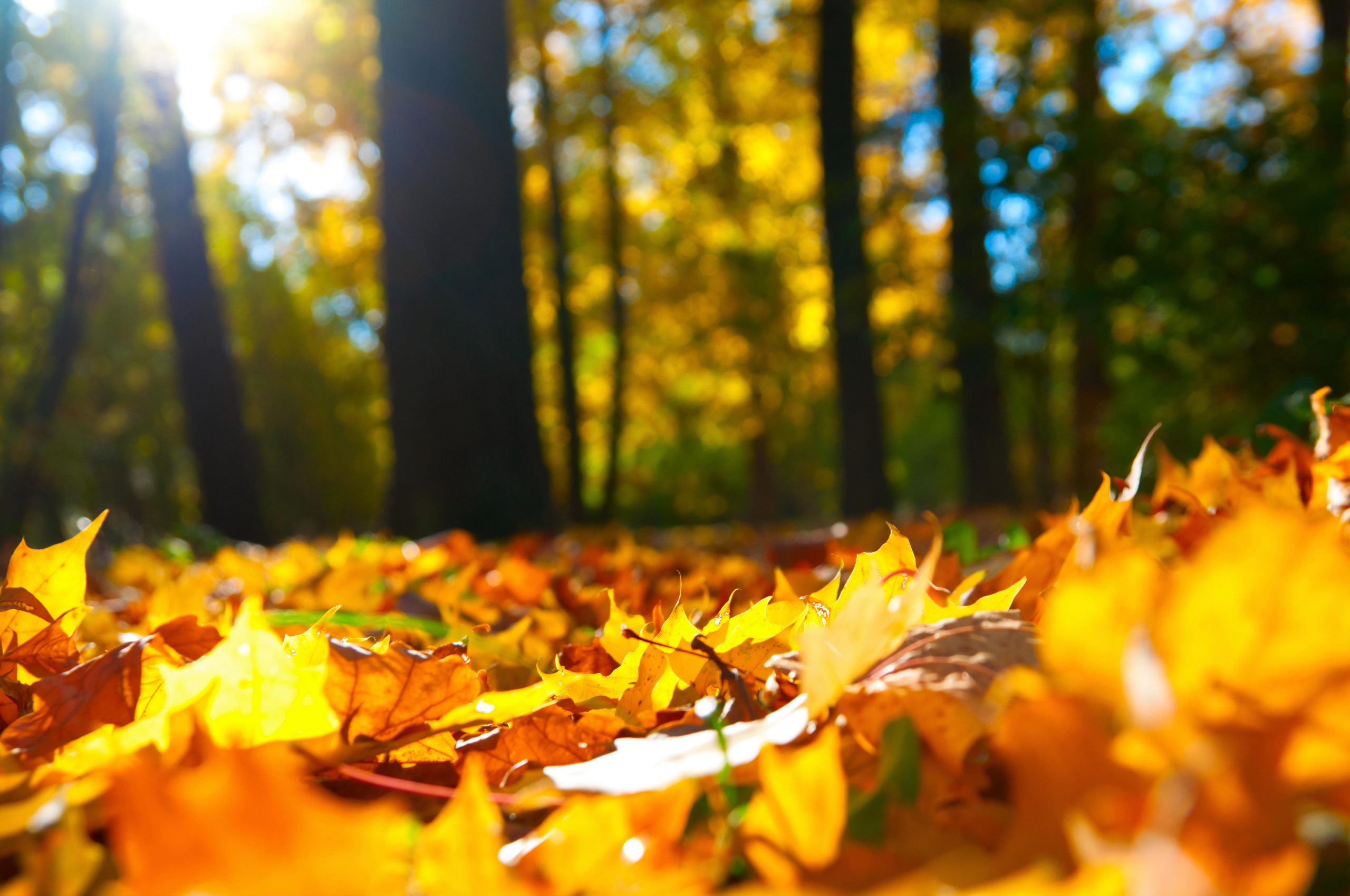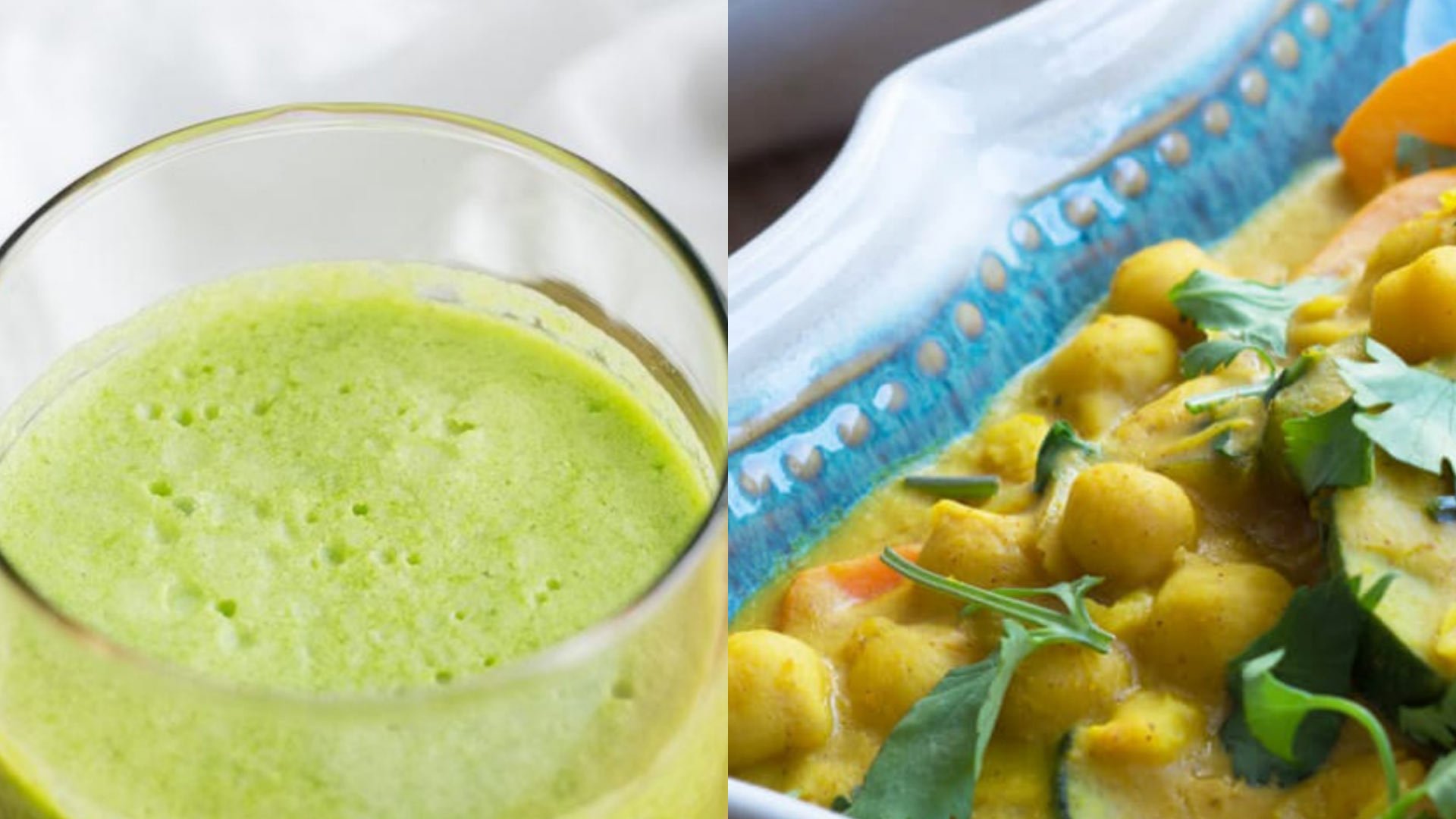Complementary choices to enhance your healthcare
Diabetes is a chronic condition which affects the body’s ability to use sugar. It is characterized by elevated blood sugar levels and either a relative or absolute deficiency of Insulin. Insulin turns the sugar from the food you eat into energy.
In Diabetes Mellitus, the pancreas is unable to produce insulin due to problems with the beta cells of the islets of langerhans. The body is out of balance. The problem lies in the inability of the the insulin to exert its normal physiological action, or production is defective or tissue resistance to insulin develops. The regulation of the metabolism of glucose isn’t functioning. Diabetes is intimately connected with the life of the individual, no two people are alike, no two cases can be treated the same. The Diabetes syndrome includes Glucose metabolism, weight loss, and thirst, lack of energy, anemia, constipation, itching, slow healing wounds, low sexual urges, and eye retinopathy. Complementary and alternative therapies work to establish balanced function of glucose metabolism in the body.
Homeopathy
Homeopathy stimulates and triggers the bodies own healing processes. In Homeopathy the symptoms of the illness are viewed as a direct manifestation of the bodies attempt to heal itself. Homeopathy improves the condition of the body by improving the way the cells function and therefore improve the way the body responds to glucose and insulin. Metabolic regulation is mediated. Homeopathy strengthens the neurological, circulatory and hormonal functions in the body
The constitutional remedy should dramatically alter the intensity of the symptoms over time. This can be marked by a constant improvement in glucose sensitivity and blood sugar levels. Homeopathic medicines like pancreatin and syzygium jambo can be used daily as part of a supervised protocol.
Nutrition
Meal planning needs to be central part of a treatment plan and meals need to consider total energy needs well as providing a smooth glucose profile.
Diabetics need to control how and how much glucose gets into the blood stream.
The glycemic index is a tool for determining how much glucose from the food you eat will enter the blood stream. The insulin response to carbohydrate containing food is similar to the rise in blood sugar. Consuming foods with a high Glycemic index (highly processed ‘white’ foods) causes the already compromised receptors to loose sensitivity and raise blood sugar. Low glycemic index foods help control glucose. For example insoluble fiber (at lest 50grams daily), like in oatmeal or vegetables lowers the GI of food.
When whole grain or other low GI foods are consumed with a monounsaturated fats (peanuts or pistachios or olive oil) glucose metabolism increases. Omega 3 and certain fatty acids like flaxseed, borage or fish oils, improve insulin sensitivity. Protein, (especially casein) will slow down glucose absorption.
Each meal needs to consider the impact each food will have. The general rule of thumb is, eat few high GI foods and more low GI foods or a balance where at each meal one from each group in the index is eaten in proportion to its effect on blood sugar (glucose) levels (See appendix 1). Generally a low fat alkaline diet of high quality natural foods is preferred.
Certain foods also increase insulin sensitivity and decrease insulin resistance. (See appendix 2). These foods provide the basis of some of the nutritional healing and balance the diabetic body is seeking.
Bitter melon, contains plant insulin with the tremendously beneficial effect of lowering blood and urine sugar levels. Eat it often e.g. bitter melon curry, or drink the juice of the melon daily.
Jerusalem Artichokes decrease insulin requirements. It is natural insulin (inulin) which can be assimilated in the body and helps regulate the delivery of insulin. It increases the number of beta cells and has 2x the amount of potassium as bananas. It can be eaten raw or steamed and in medicinal purposes use 2/mnth up to one a day. Watch your blood sugar levels to determine your specific intake. Don’t take this if you’re pregnant.
Cinnamon 1-6g of cinnamon lowers the serum glucose levels in type 2 diabetes and helps lower the risk of cardiovascular disease. Available as a supplement or simply soak a cinnamon stick in your coffee or tea 1-2x/day
Bengal gram/chana, are the ‘black’ chickpeas. They are more rust colored than regular chick peas. These chickpeas are especially high in dietary fiber and are excellent carbohydrates for insulin sensitive people. Bengal gram has been shown to enhance the utilization of glucose. It has the lowest GI and is also an excellent source of magnesium and calcium. Try them in a curry, hummus or just sprout them.
Jambul fruit have an effect on the pancreas. With glucosides jamboline and ellacjic this fruit helps to check the conversion of starch into sugars especially when there is increased production of glucose. The dried seeds 1gram should be powered and taken 2x/day in milk.
Fruit with its naturally occurring fructose helps control appetite and cravings for sweet. Fructose needs to be broken down by the liver, so it enters the blood stream more slowly than a more refined carbohydrate. Fructose has been proven to increase insulin sensitivity. Grapefruits, apples and cactus pears are good choices
Herbology
The herbal pharmacy adds a distinct advantage.
Herbal Bitters stimulate the endocrine system and help lower blood sugar.
Gymnema Sylvestre is effective in controlling sugar cravings. Gymnema works by blocking the sensation of sweetness when applied to the tongue. Also gymnema enhances the production of endogenous insulin by regenerating the insulin producing beta cells in the pancreas
Fenugreek, the defatted potion of the seed, in a 50gram dose reduces fasting blood sugar levels and improves glucose tolerance. At least 15grams of the seed or powder should be included regularly in the diet.
Bilberry berries or extract is beneficial in diabetic retinopathy both as a preventative and as a treatment (since 1945).
Stevia, Parslane, Milkthistle, Ginko, Ginseng, Burdock, Dandelion, Goats Rue and Salt bush also all have profound effects on lowering glucose levels, strengthening cell sensitivity and improving resistance to insulin.
Supplements
As far as supplements go Chromium is said to facilitate the uptake of insulin by the cells. It helps with glucose tolerance and helps utilize insulin. Nutritional sources are beer brewer’s yeast brown rice and whole grains, Molasses eggs and dairy products. Red clover is a useful herb.
Magnesium is important because a deficiency will interrupt secretions in the pancreas which will increase insulin resistance in the body tissues. This worsens blood sugar levels especially in type 2. Magnesium deficiency is a contributing factor in many diabetic complications. Nutritionally magnesium is found in dark leafy green vegetables and also most sea vegetables. It is also a homeopathic tissue salt and is in most multivitamins.
Exercise
Exercise improves many aspects of glucose metabolism. Exercise forces the body to become stronger and to function more efficiently. It also increases the chromium concentration in the tissues. A regular exercise program is important for overall health. Yoga is beneficial. It is an exercise program which balances the body. Certain Poses, namely the cobra pose, the locust pose and the bow are especially helpful for diabetics.
Copyright © Inspired Life Health Centre Inc.
Reproduction of this document or any portion thereof without prior written consent is prohibited.




